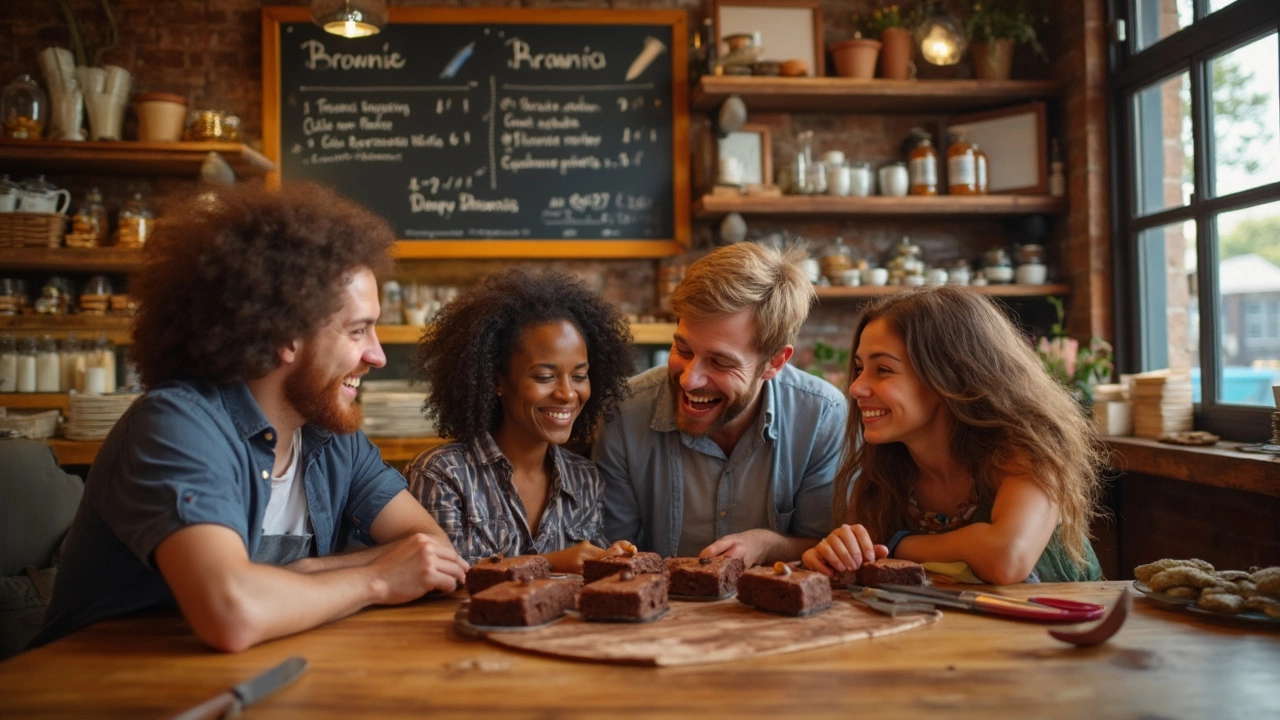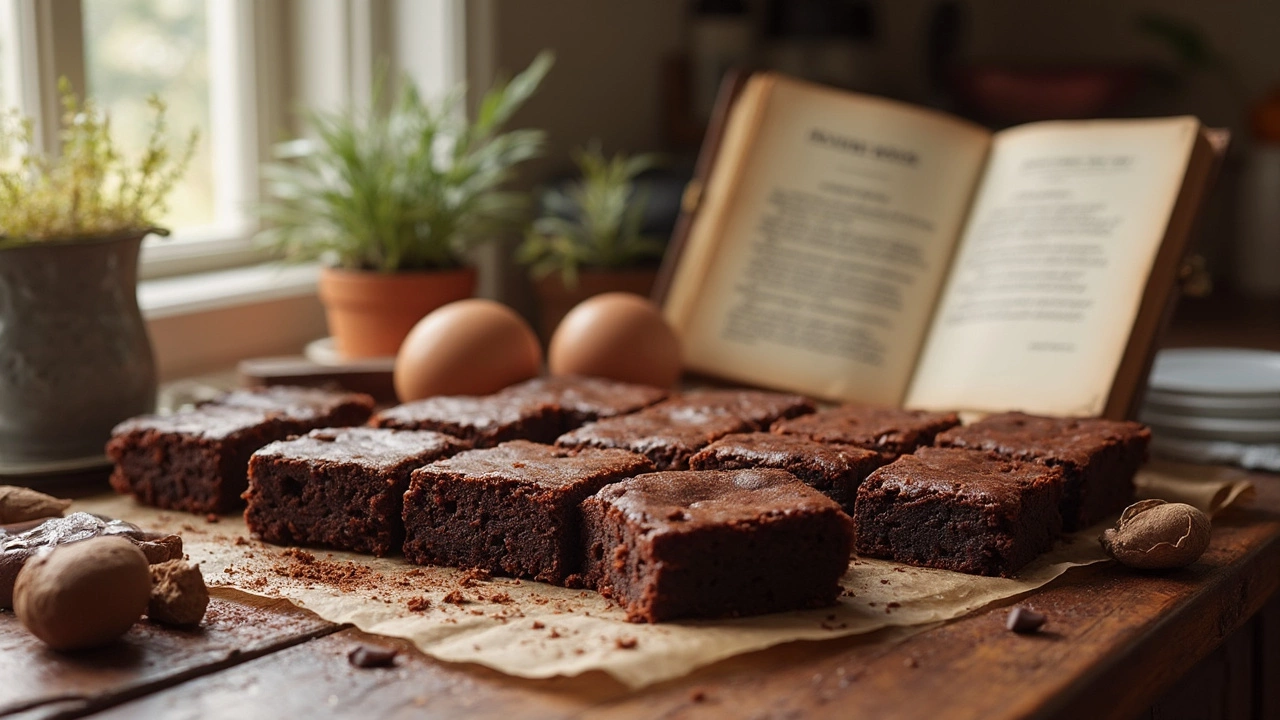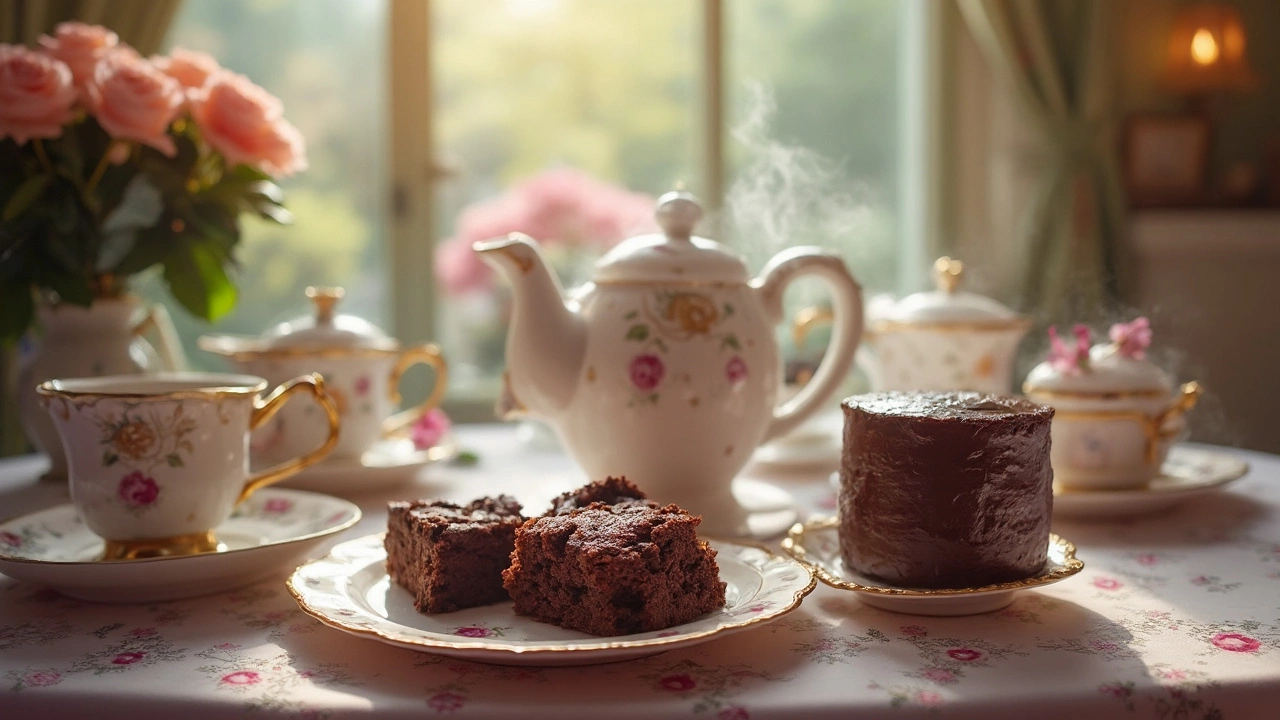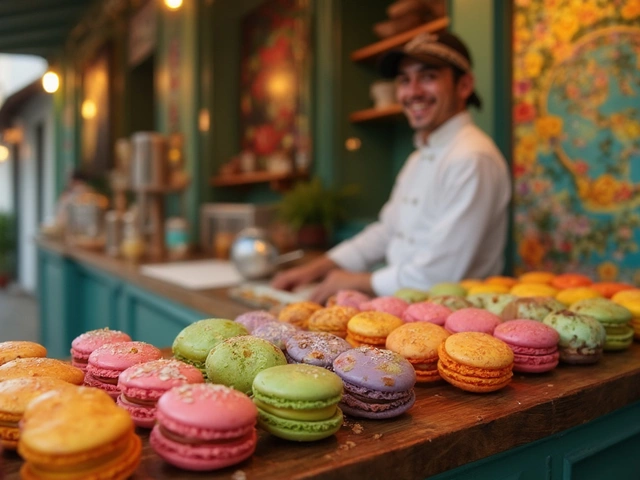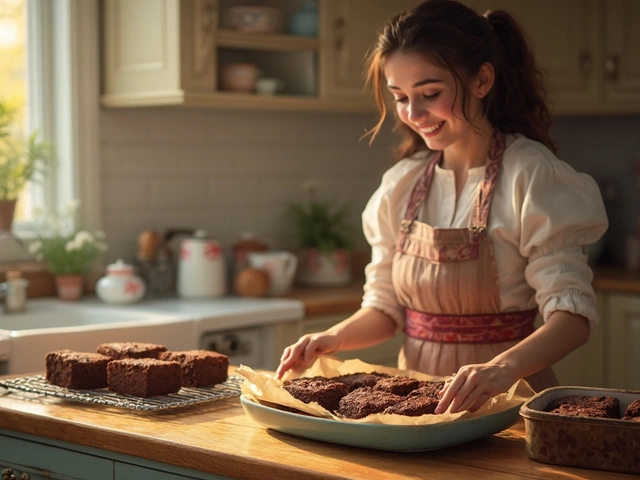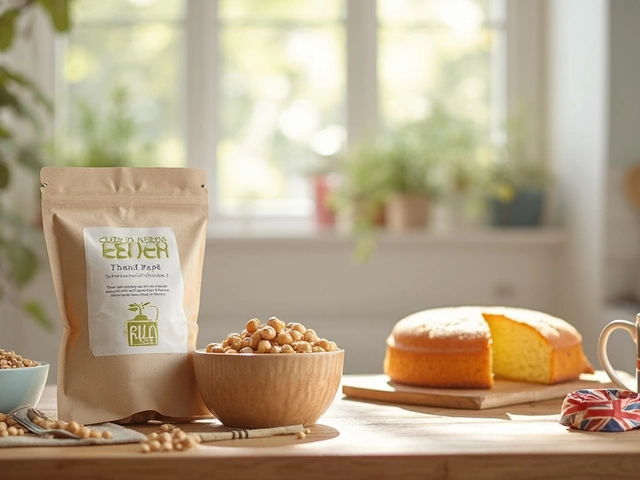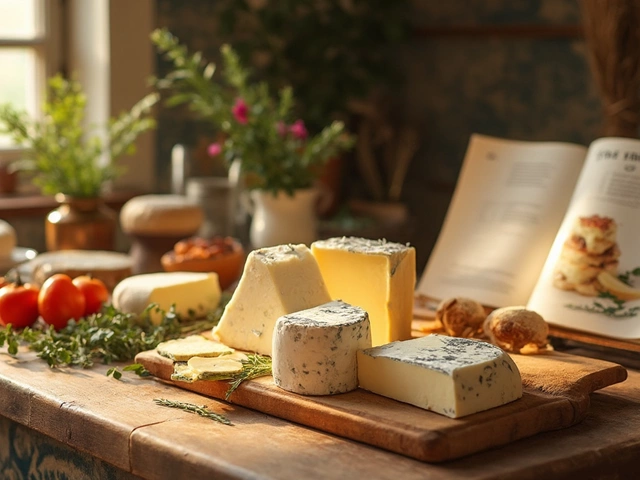All About Brownies: Types, Tricks, and Simple Recipes
If you love a good brownie, you’re in the right place. This page gives you the basics you need to bake, store, and dress up brownies without any fuss. From the classic fudgy square to a light, cakey version, we cover the most common styles and the little tweaks that make a big difference.
Fudgy vs. Cakey – Which One Is Right for You?
Fudgy brownies feel dense, moist, and almost melt in your mouth. They get that texture from extra butter, less flour, and a higher chocolate‑to‑flour ratio. If you like a rich bite, go for the fudgy route and keep the batter cool before baking.
Cakey brownies are more like a soft chocolate cake. They use more flour and a bit of baking powder or soda, which adds lift. The batter looks lighter and the crumb is airy. Choose cakey when you want a dessert that can stand up to frosting or toppings without cracking.
Practical Tips for Perfect Brownies Every Time
Start with quality chocolate. A bar of dark chocolate gives deeper flavor than cocoa powder alone. Melt it gently over low heat or in short bursts in the microwave; overheating makes it grainy.
Measure your ingredients with a kitchen scale. A difference of just a few grams of sugar or butter can change the texture. Stir the batter just until combined – over‑mixing adds extra gluten and can make brownies tough.
Use the right pan size. A smaller pan creates thicker brownies and a chewier center, while a larger pan spreads the batter thin for a crisp edge. Line the pan with parchment paper for an easy lift.
Check doneness with a toothpick. For fudgy brownies, you’ll see a few moist crumbs clinging to the tip. For cakey brownies, the toothpick should come out clean.
Store brownies right to keep them fresh. Cool them completely, then wrap each piece in cling film or store in an airtight container. A slice stays soft at room temperature for up to three days. For longer storage, freeze them in a zip‑lock bag; they’ll taste just as good after thawing.
Want to dress them up? A quick drizzle of melted chocolate, a sprinkle of sea salt, or a layer of frosting turns a simple brownie into a show‑stopper. Our site also offers fun cake topper ideas that stick right onto frosted brownies for birthday parties or themed events.
Ready to try a recipe? Mix 200 g melted chocolate, 150 g butter, 250 g sugar, 3 eggs, 100 g flour, and a pinch of salt. Bake at 180 °C for 20‑25 minutes for a fudgy batch, or add 1 tsp baking powder for a cakey version. Let cool, cut, and enjoy – or add your favorite decoration.
Whether you’re a beginner or a seasoned baker, these tips give you the confidence to make brownies that fit any occasion. Grab your ingredients, follow the steps, and treat yourself to a perfect square of chocolate bliss.
